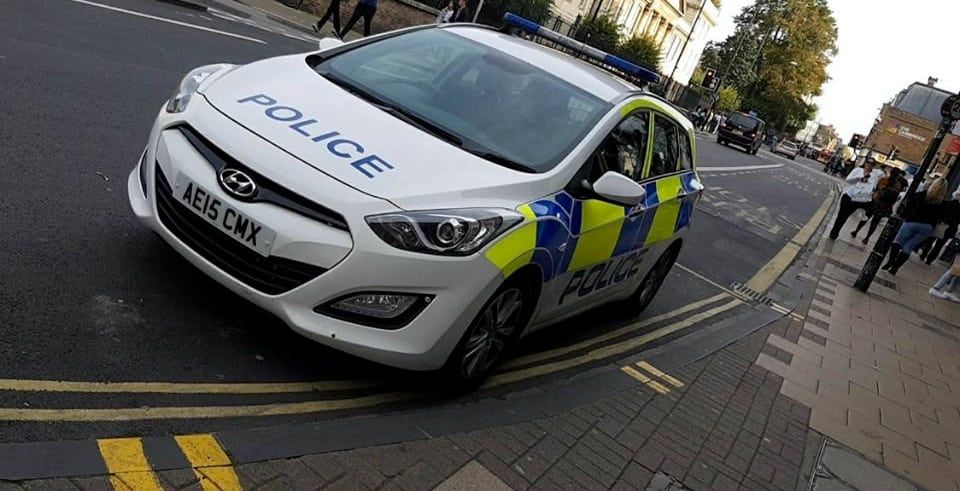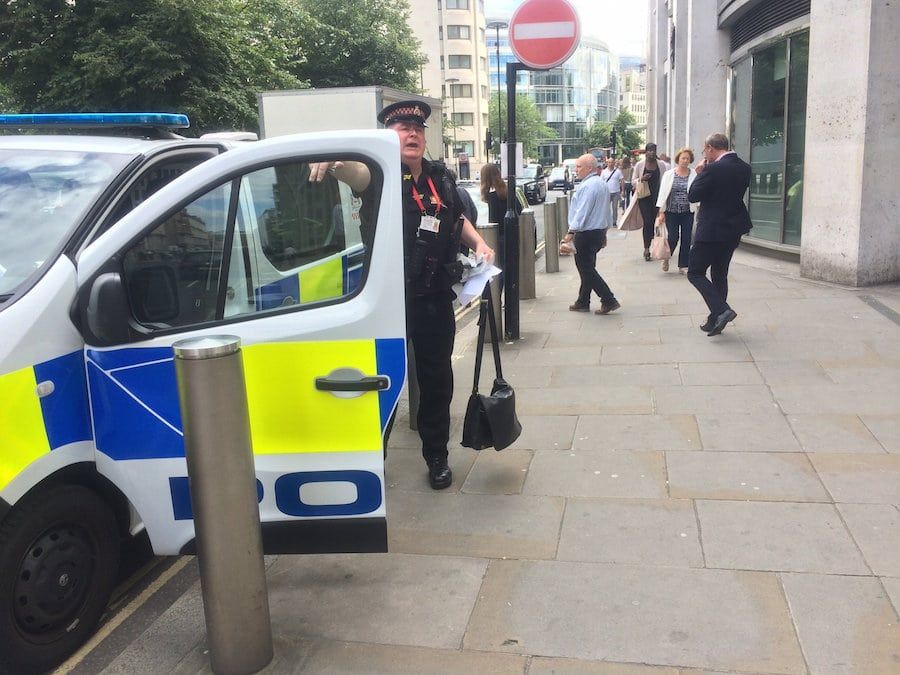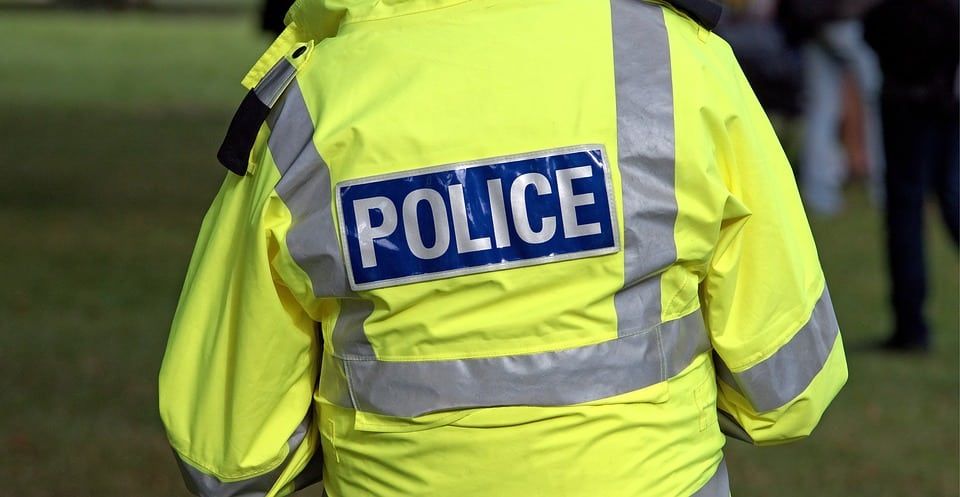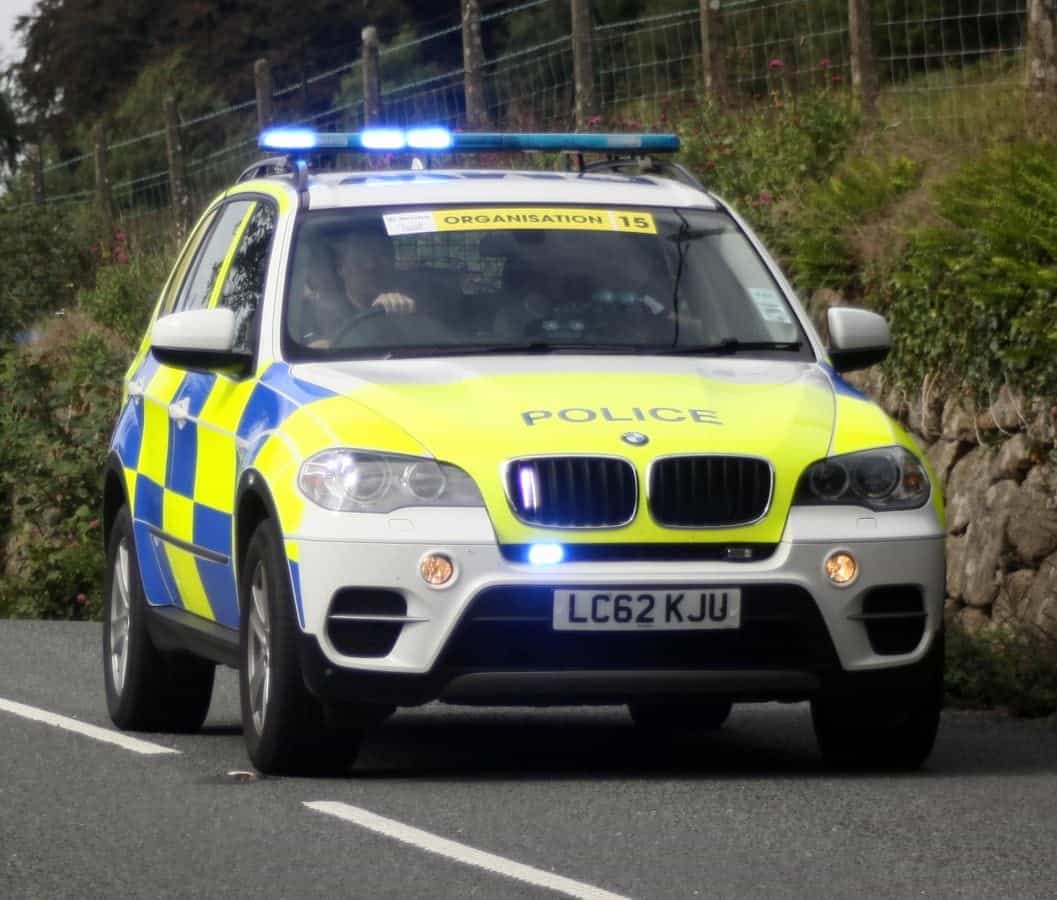Black, Asian and minority ethnic (BAME) children accounted for 60 per cent of all child arrests by the Metropolitan Police last year, analysis by the Howard League for Penal Reform reveals today.
The Metropolitan Police made more than 20,000 child arrests in 2016, of which more than 12,000 were of BAME children – the highest proportion recorded by any police force in England and Wales.
Across England and Wales, police forces made fewer than 88,000 arrests of children in total last year, down from almost 250,000 in 2010. BAME children accounted for 26 per cent of all child arrests.
The Howard League, which has led a successful campaign to reduce child arrests, has analysed its figures following the findings of the Lammy Review, an independent review of the treatment of, and outcomes for, BAME individuals in the criminal justice system.

The Lammy Review, chaired by David Lammy MP, called for a principle of ‘explain or reform’ to apply to every institution in the criminal justice system: “If agencies cannot provide an evidence-based explanation for apparent disparities between ethnic groups then reforms should be introduced to address those disparities.”
Frances Crook, Chief Executive of the Howard League for Penal Reform, said: “The Howard League is proud to have played a key role in reducing child arrests across England and Wales. Working together with the police, we have ensured that tens of thousands of children will have a brighter future and not be dragged into a downward spiral of crime and custody.
“There is still more work to do, however, and the disproportionate number of BAME children being brought into the system is of great concern. It raises serious questions about decision-making throughout the criminal justice journey – from the police’s decision to arrest, to the remand and sentencing decisions of the youth courts.
“The Lammy Review has called on police forces and other criminal justice agencies to either explain disparities or reform. Our analysis of child arrests data is intended to assist this discussion.”

The Howard League’s figures, compiled from data supplied by police in response to Freedom of Information requests, show that the Metropolitan (60 per cent), Bedfordshire (42 per cent) and West Midlands (41 per cent)forces recorded the highest proportions of BAME child arrests in 2016.
The lowest proportions were recorded by the Cumbria (2 per cent), Durham (2 per cent), Cleveland (3 per cent), Norfolk (3 per cent) and Northumbria (4 per cent) forces.
The first recommendation of the Lammy Review is that a more consistent approach to recording data on ethnicity should be agreed across the criminal justice system. The Howard League’s research found that such an approach is required – as recording practices varied between police forces, often significantly.
Two police forces – Norfolk and Suffolk – failed to record ethnicity in more than half of the arrests that they made in 2016. Thames Valley Police did not provide ethnicity figures at all, while Derbyshire Police was only able to give data for a seven-month period. Lancashire Police changed its recording system midway through the year.
BAME populations vary in size from police force area to police force area, and a lack of population data specifically in relation to boys and girls aged 10 to 17 makes it difficult to assess whether forces are making a disproportionately high number of BAME child arrests.

A guide comes in the form of a table on the Home Office’s crime-mapping website, www.police.uk, which lists, for each police force area, the proportion of the total population that is BAME. Although this information relates to people of all ages, it provides at least an indication of the police areas where most BAME children are likely to live.
The figures raise some questions for police forces and politicians to consider, in light of the Lammy Review’s call for criminal justice agencies to ‘explain or reform’ – particularly in areas where the proportion of BAME child arrests is significantly higher than the BAME proportion of the total population.
The Metropolitan Police recorded a 60 per cent BAME child arrest rate while policing an area with a 40 per cent BAME population.
BAME children accounted for 42 per cent of child arrests in Bedfordshire, a policing area where only 23 per cent of the total population is BAME.
In the West Midlands, where 30 per cent of the total population is BAME, police recorded a BAME child arrest rate of 41 per cent.

Earlier this year, the Howard League published a briefing, Child arrests in England and Wales 2016, which showed how reducing the number of children entering the system had stemmed the flow of children into custody.
The briefing stated that the positive trend across police forces had been led at a national level, most notably by the National Police Chiefs’ Council, which has prioritised improvements in the policing of children.
However, while the number of children in prison has fallen, the proportion of BAME children in custody has risen, raising questions for the Crown Prosecution Service and the youth courts.
In a report published earlier this week, HM Inspectorate of Prisons drew attention to the disproportionate number of BAME children in custody.
The report, Children in Custody 2016-17, revealed that almost half of children in jails were BAME.
The Howard League regularly meets and corresponds with police forces and shares examples of good practice in local areas.
Keeping children out of the criminal justice system helps prevent crime. Academic research has shown that the more contact a child has with the system, the more entrenched they are likely to become, which increases reoffending rates.
RELATED
https://www.thelondoneconomic.com/tle-pick/exclusive-britains-prisons-have-become-a-revolving-door-for-offenders/22/10/

